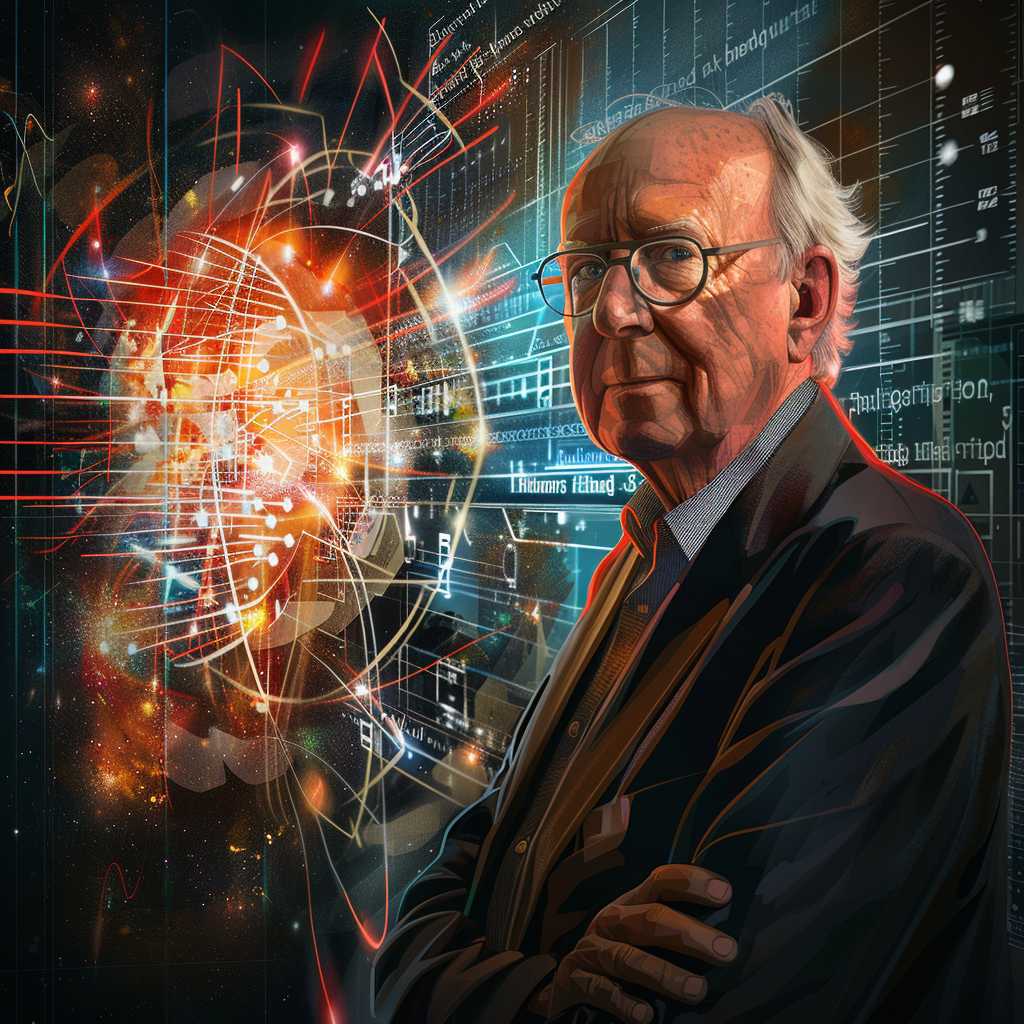The Legacy of Peter Higgs: Understanding the Higgs Boson and its Impact on Physics
Eminent physicist Peter Higgs is a name deeply engraved in the annals of scientific history, primarily for his groundbreaking work that led to the theoretical foundation and eventual discovery of the Higgs boson particle. First hypothesized in 1964, this subatomic particle—oftentimes referred to as ‘the God particle’—is integral to the Standard Model of particle physics. Higgs’s contributions, for which he shared the Nobel Prize in Physics in 2013, have not only expanded our understanding of the fundamental structure of matter but have also catalyzed a myriad of advancements within the field of physics.
Early Life and Academic Pursuits
Peter Higgs was born on May 29, 1929, in Newcastle upon Tyne, England. Developing an affinity for physics at an early age, his intellectual pursuits would see him attending King’s College London where he would eventually earn a first-class honours degree in physics and a PhD. Higgs’s early interest lay in the field of quantum mechanics, and it was this curiosity that led him to ponder deep questions about the very fabric of reality.
The Theoretical Foundation: Higgs Mechanism
Higgs embarked on a line of inquiry that sought to address one of the most perplexing questions in physics: Why do particles have mass? His seminal work focused on symmetry breaking in gauge theories, which, put simply, involved understanding how particles obtained their mass through interactions with a field that permeates all space—the Higgs field.
The theoretical framework became known as the Higgs mechanism or the Brout-Englert-Higgs mechanism, in acknowledgment of physicists Robert Brout and François Englert who were working on similar concepts. This indispensable contribution to the Standard Model would later provide a consistent explanation for the mass of W and Z bosons—gauge bosons that mediate the weak nuclear force—and how they differ from the massless photon which mediates electromagnetism.
Global Impact: The Hunt for the Higgs Boson
Decades after the theoretical postulation by Higgs and others, there emerged a unified effort within the scientific community to empirically confirm their theories. Among these efforts was CERN’s Large Hadron Collider (LHC) in Switzerland—an engineering marvel dedicated to furthering our understanding of particle physics.
On July 4, 2012, experimental teams ATLAS and CMS at CERN announced they had observed a new particle consistent with the theorized Higgs boson. The announcement represented a monumental milestone in science—a feat comparable to placing a new piece within the cosmic puzzle aiding scientists to develop theories beyond the current Standard Model, which they hope could explain some of the unsolved mysteries such as dark matter and quantum gravity.
Recognition and Nobel Prize
The significance of Peter Higgs’s contributions cannot be understated, earning him numerous prestigious accolades over his long and storied career. In reflection of his landmark achievements in theoretical physics, he—aesthetically reserved and noted for his sense of humility—was jointly awarded the Nobel Prize in Physics in 2013 alongside François Englert.
Relevance in Today’s Research
Peter Higgs’s work continues to serve as a cornerstone for current research in particle physics and cosmology. Numerous experiments around the world aim to delve deeper into the implications of the Higgs boson’s existence; each endeavor supports or extends what is known about fundamental forces and particles.
Notes
Image description: A conceptual illustration representing Peter Higgs standing beside depictions of colliding protons emitting a stylized graphic meant to suggest the presence of a Higgs boson. In the background are mathematical equations alluding to elements in his theory contrasted against a backdrop symbolizing space-time fabric.
